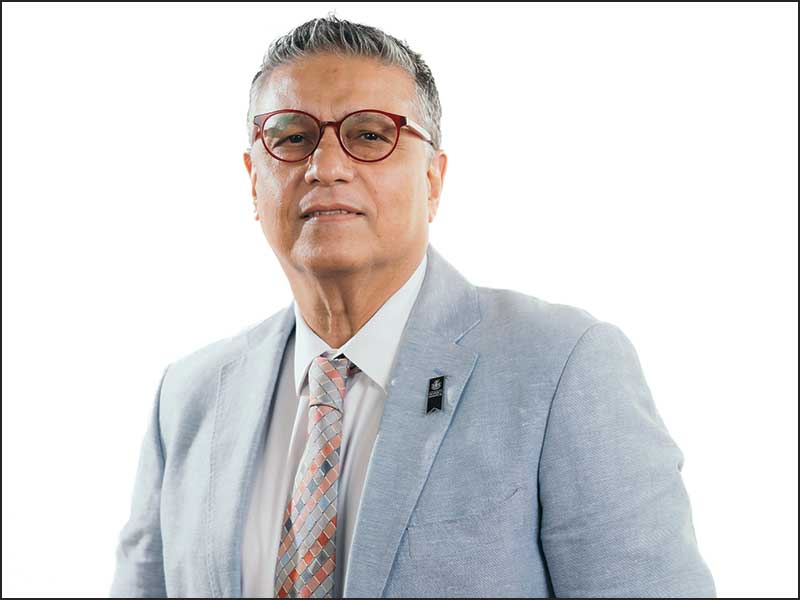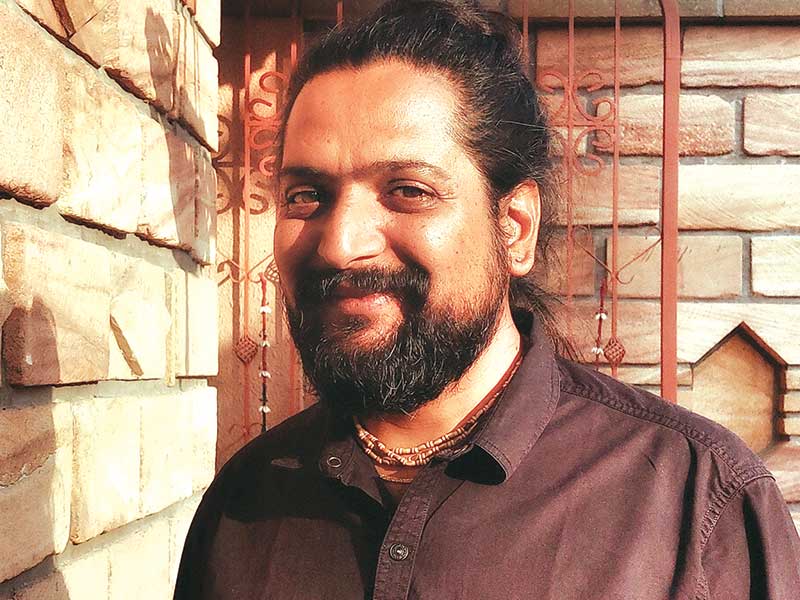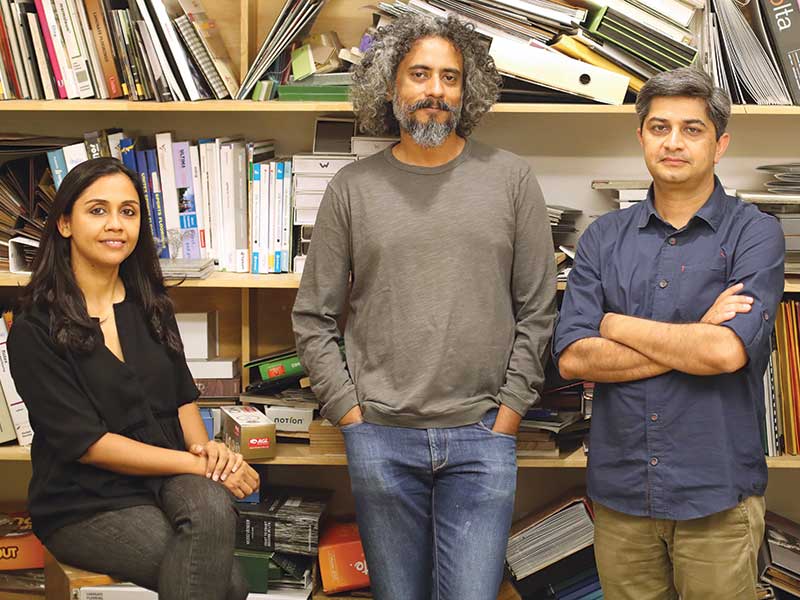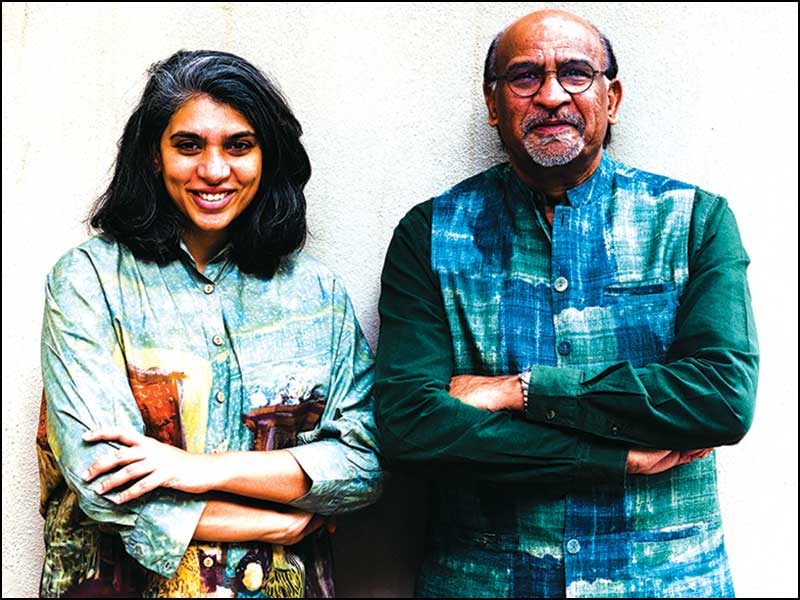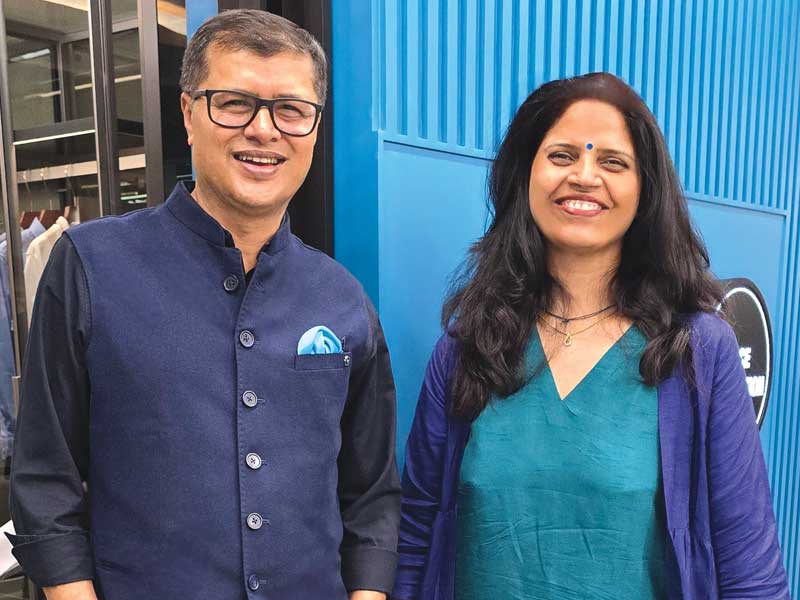
Architecture is becoming more and more technology driven. Architects in India are incorporating smart technologies into their designs, to create more efficient spaces. This includes the use of IoT devices for lighting, heating and security systems as well as advanced BIM for improved energy management and occupant comfort. In fact, the integration of technologies like BIM, parametric design, and advanced construction technologies have revolutionized the way architects design.
At the same time, some efforts can be seen in blending traditional architecture elements with modern functionality to create a style that reflects the cultural heritage of the country. With a growing focus on sustainability and green practices, Indian architects are incorporating eco-friendly design elements in their projects.
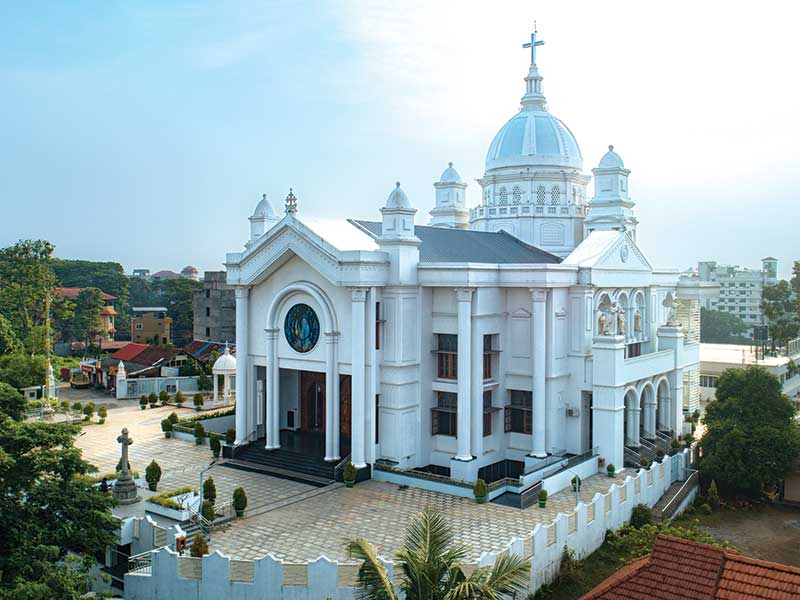
A revolution is happening in the variety of building materials available. The interesting aspect is that any new material introduced at the global level, is within the reach of the construction industry in India. Indian architecture is adapting to more steel structures which gives immense possibilities in constructing the buildings with more spans, flexible forms etc. The adoption of steel construction makes the construction faster and smoother. Plus, the duration of construction has been considerably reduced, which makes the buildings more economical.
The choice of materials coming into the market are quite large. It is almost difficult to cope up with the information and data of the variety of materials that is being pumped into the market. Many of the new materials are sustainable in nature and environment friendly. Architects and designers are having a tough time coping up with the information on new products and materials. The development of advanced building materials such as high-performance concretes, fibre reinforced composition, insulated glass, self-heating materials, and sustainable alternatives like bamboo and recycled materials are enhancing the structural integrity, energy efficiency and durability of buildings.
The architecture profession in India is becoming more and more ‘professional’ and adaptive to the modern trends across the globe. The future of architecture in India is bright but will be a completely technology driven in a few years. Architecture in India is likely to witness a surge in innovative design solutions that blend traditional architectural elements with modern technologies. So, keeping ourselves informed and updated is a humongous task for architects.

